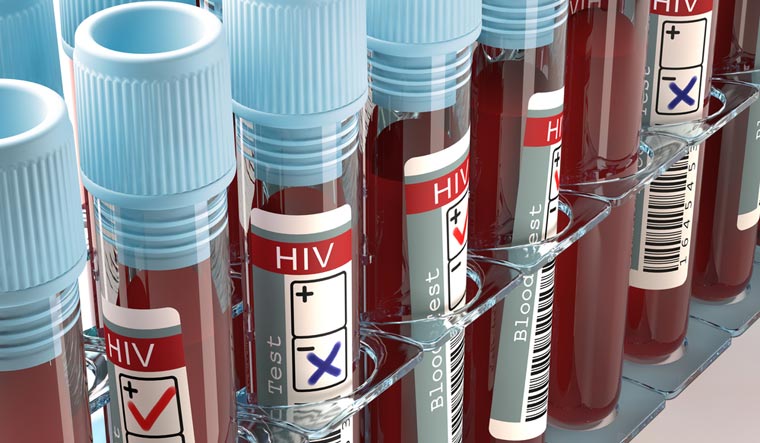Scientists have reported new evidence of the possibility of finding HIV genomes in circulating white blood cells (WBCs) called monocytes, thereby, identifying another of the places where therapy could be targeted.
These monocytes, which are short-lived circulating immune cells that engulf and destroy viruses, bacteria and other foreign cells, were found to be capable of infecting the neighbouring cells.
"Our results suggest we should continue research efforts to understand their role in this disease," says Janice Clements, professor at the Johns Hopkins University School of Medicine, US, which led the study.
The team of scientists performed the study on HIV-infected blood samples from men and women on long-term suppressive therapy, they said in the study published in the journal Nature Microbiology.
Current antiretroviral drugs, according to the study, can successfully suppress HIV to nearly undetectable levels, but have not resulted in total eradication of the virus.
It is known that HIV stashes its genomes in the CD4+ type of immune T-cells.
"To eradicate HIV, the goal is to find biomarkers for cells that harbour the HIV genome and eliminate those cells," says Rebecca Veenhuis, assistant professor at the School.
The scientists obtained blood samples from 10 men with HIV between 2018 and 2022, who were all on standard antiviral medication.



